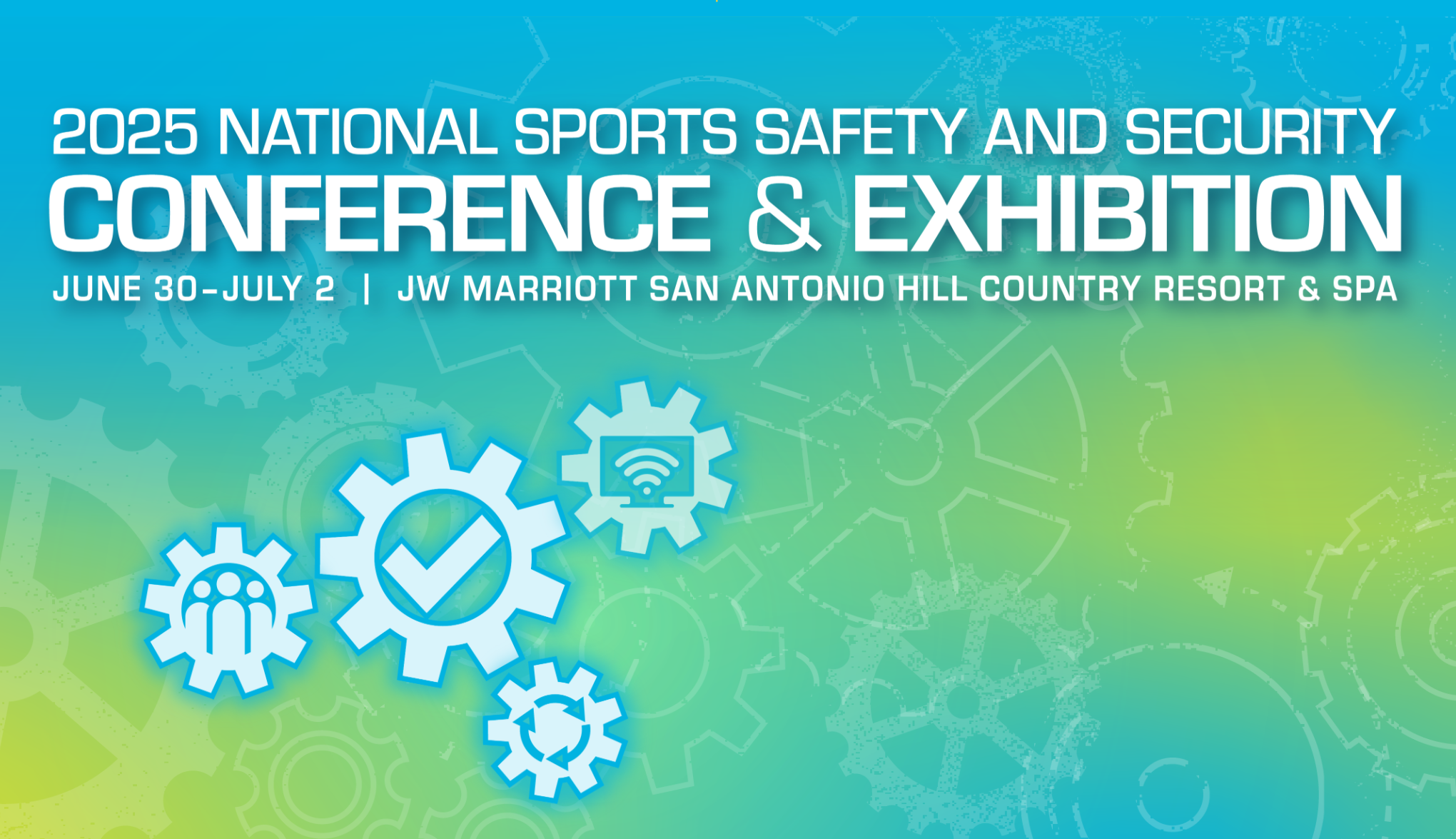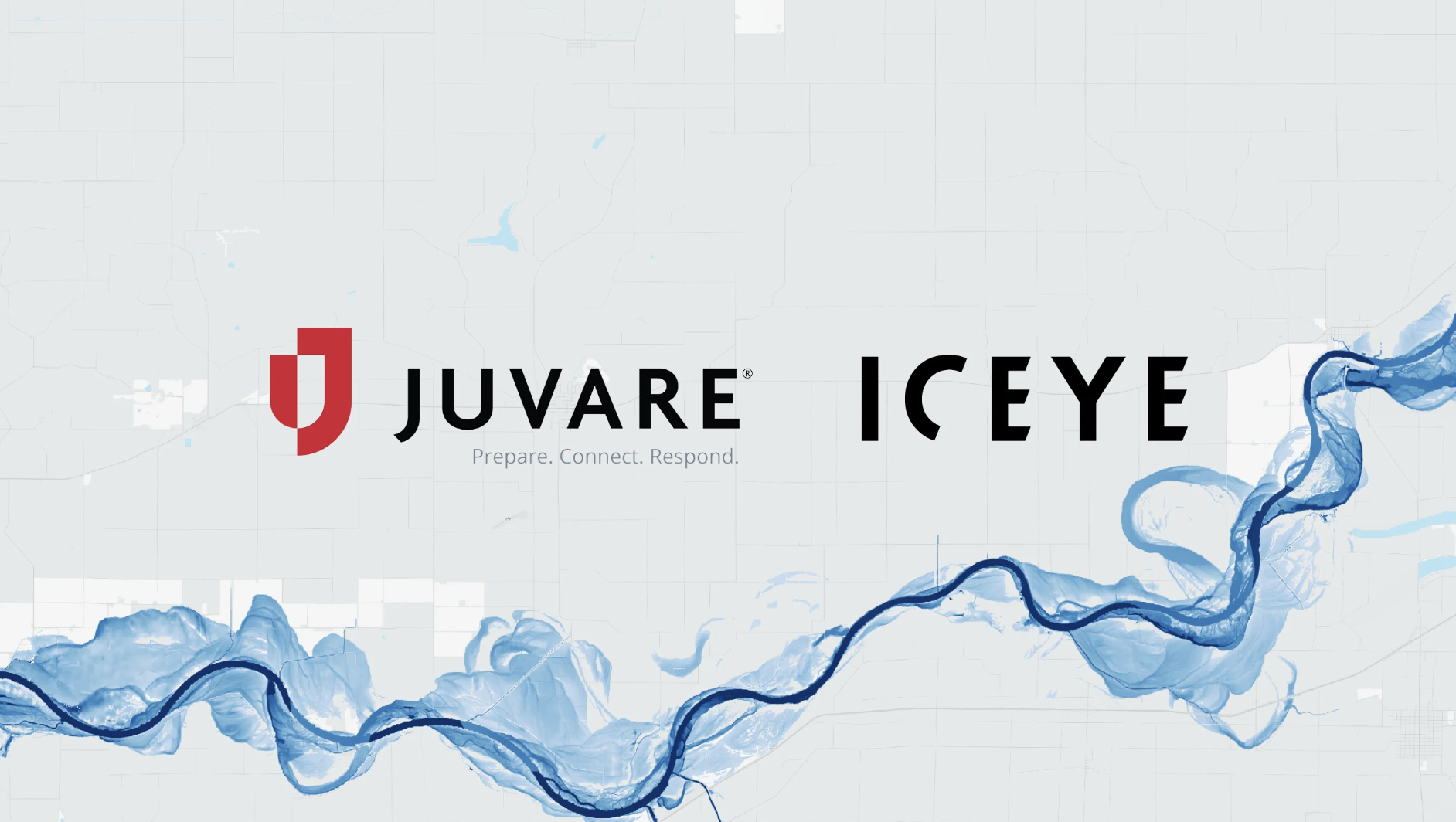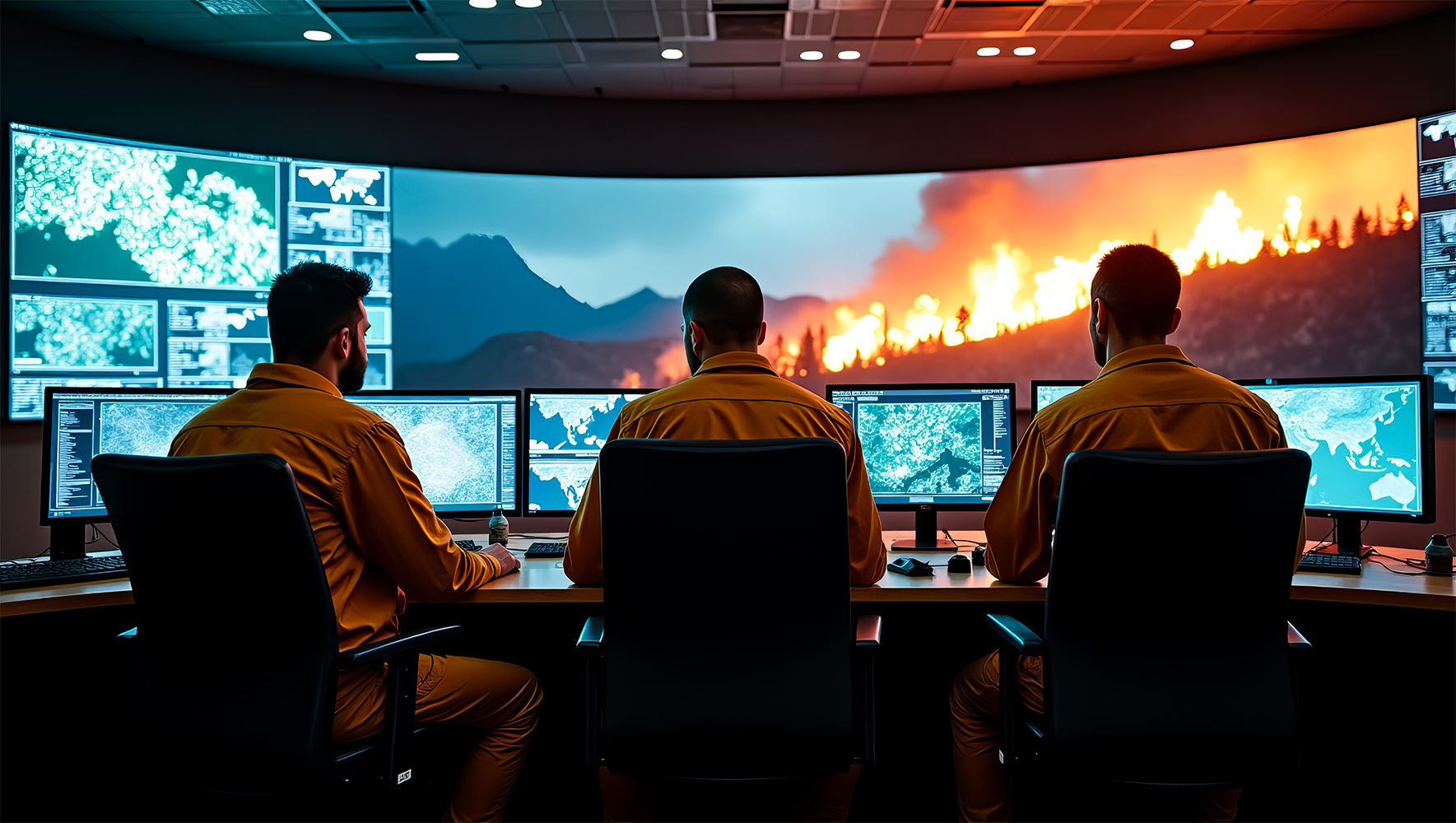Public health agencies have an enormous task ahead to hire and train large numbers of qualified contact tracers to track COVID-19 cases and contacts. Meanwhile businesses, higher education institutions, and other organizations also have their hands full performing numerous case management and workplace safety activities to successfully return to some version of ‘normal’.
Reopening for business requires clear and detailed procedures for protecting the health of employees, staff, or customers. There’s little room for allowing details to fall through the cracks, so an effective incident management platform is more important than ever.
Effective processes and solutions are needed to help leaders quickly gain complete situational awareness to keep their people safe, manage return-to-operations requirements, mitigate risks. and prepare for future critical incidents.
So, what are some of the most important details that need to be properly and effectively managed as organizations move toward reopening?
1— Manage your team
If you don’t already have an incident management team in place, now’s a good time to designate one. Many organizations already have an incident management team in place, but it will likely take an expanded team to coordinate the additional tasks associated with COVID-19.
Identify everyone who will be responsible for overseeing planning, implementation, and troubleshooting activities related to reopening, such as COVID-19 case tracking, facilities safety, situational awareness, etc. This extended taskforce might also include members of senior management team, legal, human resources, facilities, and the IT department
2— Create a workplace safety plan
In the wake of COVID-19, there are a multitude of considerations to prepare your workplace for returning staff, customers, students, faculty, etc. Before reopening for operations, your organization should conduct a detailed assessment of your facilities and physical workplace to identify any potential issues related to COVID-19. From the start, it is important to source, order, track and retain adequate supplies necessary for maintaining health, such as disinfecting wipes, hand sanitizer, masks, and in some instances, gloves. Be sure to check the aforementioned guidelines for the appropriate personal protective equipment you’ll need.
It’s also important to perform and keep track of all facility cleaning and disinfecting tasks – both when they’re scheduled and when they’re performed.
3— Stay informed and in contact with public health agencies
Before opening, companies and organizations need to carefully review any regulations, requirements, or recommendations from public health agencies, local and state government, as well as applicable guidelines from CDC, the Department of Health and Human Services, Department of Labor, and the Occupational Safety and Health Administration (OSHA).
As we’ve learned during this pandemic, information can change frequently, and requirements vary by state or region, so your reopening team should monitor information on a regular basis to ensure facilities are meeting these requirements based on location.
It’s also helpful to maintain an open line of contact and collaboration with local health officials and other government and emergency management stakeholders throughout the reopening process.
4— Create process for monitoring COVID-19 cases and quarantine management
Managing possible employee cases of COVID-19 or potential contact with an infected person is an essential part of safely reopening operations.
Organizations should designate a person or members of a department, who are also part of the incident management team, to coordinate response or activities related to COVID-19 cases. Ideally, this contact should be accustomed to handling private or confidential information.
To prevent spread of the disease, establish procedures for quarantining or isolating employees who test positive, in line with those established by the CDC. In addition to monitoring quarantine and isolation, there also needs to be a process for allowing those employees to check in and update their status.
Another important aspect for monitoring potential COVID-19 exposure is tracking any employee travel – especially to COVID-19 hot spots.
5— Assess technical solutions for managing reopening processes and other critical incidents
Having complete situational awareness, contact tracing, tracking, monitoring, and reporting capabilities is crucial to help control the spread of COVID-19, to protect health and safety, and to respond to any other critical incident or emergency that may occur.
The right technology can give organizations real-time situational awareness during critical incidents and emergencies in order to track, monitor, and respond effectively.
To help organizations with the enormous tasks associated with safely reopening and returning to normal operations, Juvare developed WebEOC Workplace and WebEOC Campus. These two new solutions bring together Juvare’s deep expertise in emergency preparedness and response solutions and pandemic-specific workflows such as contact tracing and case management. [see media release on the launch of WebEOC Workplace and WebEOC Campus]
WebEOC Workplace is designed to help businesses of all sizes effectively manage the complexities of returning to work, not only monitoring individuals, but also tracking facility statuses, PPE supplies, task assignments, and ongoing processes and procedures required.
WebEOC Campus is designed to help campus planning officials manage all protocols required for safely bringing faculty and students back to campus.
To learn more about these solutions, click here to request a demo of WebEOC Workplace or WebEOC Campus – or contact us today!
















